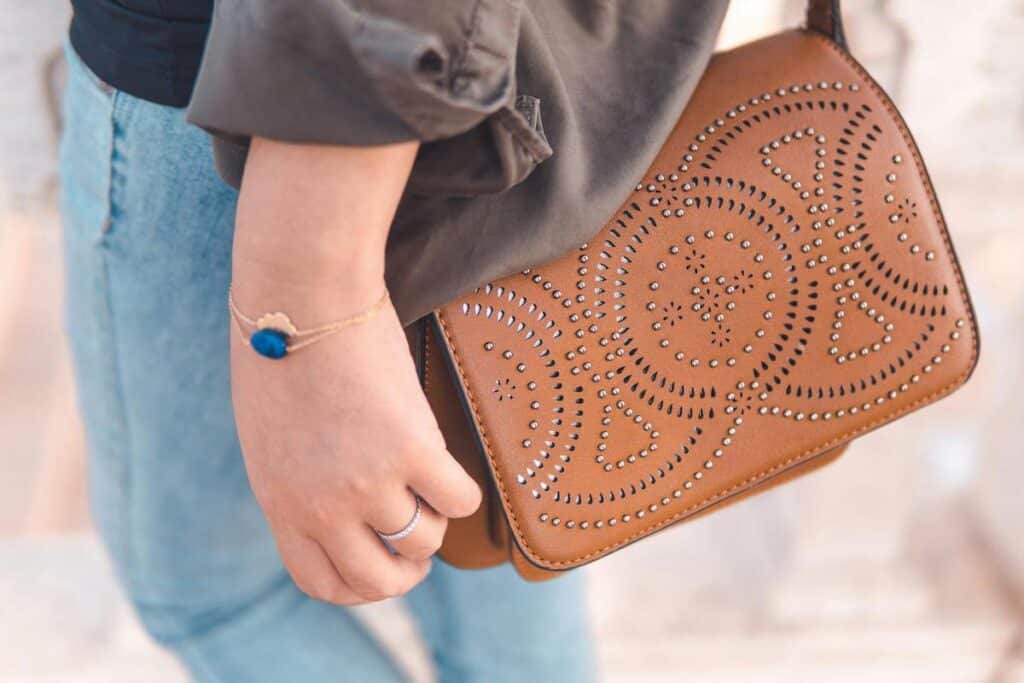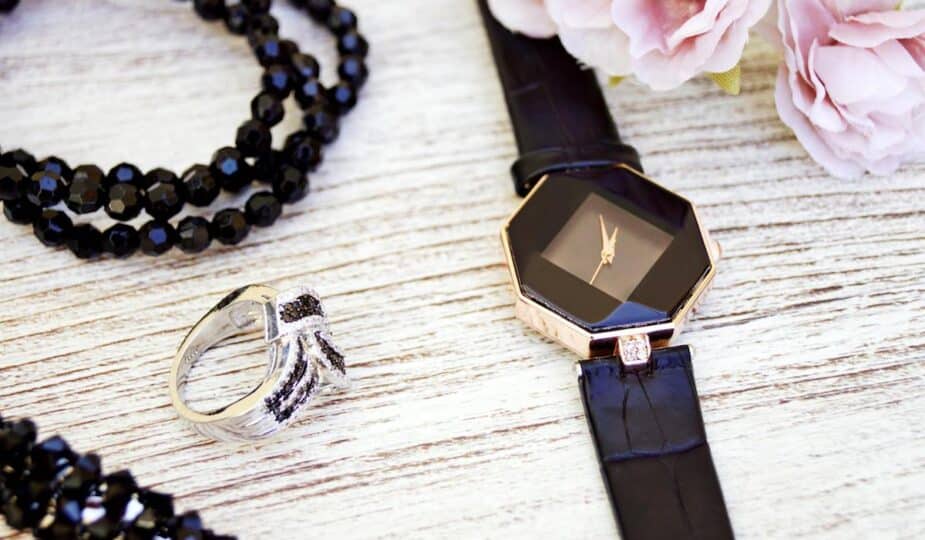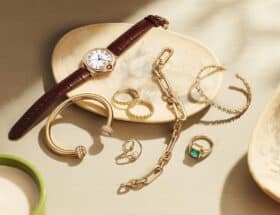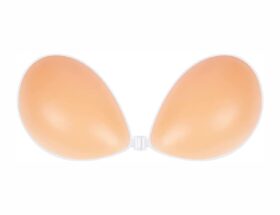Chloe Montgo from fashion-era.com
Fashion is a reflection of society, culture, and individual expression, and accessories play a vital role in this narrative. From hats and jewelry to bags, accessories have evolved significantly over the centuries, with each era leaving its mark on modern trends.
In this article, we'll explore the fascinating journey of fashion accessories through time, from their historical origins to their influence on contemporary styles.
Hats: From Functional Necessity to Fashion Statement
Hats have been a staple accessory throughout history, serving both practical and decorative purposes. In ancient civilizations, such as Egypt and Mesopotamia, hats were primarily worn for protection from the sun. Over time, they became symbols of status and authority, with elaborate designs signifying wealth and social standing.
In the Middle Ages in Europe, hats acquired religious significance, and certain styles were reserved for clergy and royalty. The famous pointed "hennin" worn by noble women symbolized wealth and sophistication, while men adorned themselves with feathered hats and velvet berets.
Reflecting the social status and family ties of their parents, toddler clothing often included miniature versions of these hats as well. Even in young children's garments, these small caps reinforced medieval society's hierarchical structure and cultural practices.
In the 19th and early 20th centuries, hats reached the height of their popularity, with a wide variety of styles emerging to suit every occasion. From the elegant bonnets of the Victorian era to the flamboyant fascinators of the Roaring Twenties, hats became an essential fashion accessory for both men and women.
Today, hats continue to be a beloved fashion statement, with modern designers drawing inspiration from historical styles. Fedora hats evoke the timeless elegance of the 1920s, while wide-brimmed sun hats harken back to the glamour of old Hollywood. Whether it's a classic fedora or a trendy bucket hat, hats remain a versatile accessory that adds personality and flair to any outfit.
Jewelry: Symbols of Status and Self-Expression
Jewelry has been prized for its beauty and symbolism since ancient times, with civilizations around the world creating intricate pieces to adorn the body. In ancient Egypt, jewelry was worn as a symbol of wealth and power, with gold and precious gemstones reserved for royalty and nobility.
During the Renaissance in Europe, jewelry became more elaborate and ornate, with intricate designs inspired by nature and mythology. Pearls, diamonds, and other precious stones were highly prized, and jewelry was often used as a form of personal adornment and social signaling.
In the 20th century, jewelry took on new meanings as symbols of love, friendship, and individuality. The Art Deco movement of the 1920s and 1930s brought geometric shapes and bold colors to the forefront of design, while the hippie culture of the 1960s embraced natural materials and handmade craftsmanship.
Nowadays, jewelry continues to be a powerful form of self-expression, with modern designers pushing the boundaries of creativity and innovation. For example, minimalist geometric shapes have become a staple in contemporary jewelry design, with sleek lines and simple forms creating a sense of modern sophistication. Pieces like delicate geometric pendants or angular hoop earrings offer a subtle yet stylish way for individuals to express their minimalist aesthetic.
On the other end of the spectrum, bold statement pieces have also become increasingly popular in modern jewelry trends. These pieces often feature oversized gemstones, intricate metalwork, and eye-catching designs that demand attention. For instance, a chunky cocktail ring adorned with a vibrant gemstone or a pair of chandelier earrings embellished with cascading crystals can instantly elevate an outfit and make a bold fashion statement.
Bags: From Practical Carriers to Fashion Icons

Bags have long been essential accessories for carrying belongings and necessities, but they have also played a significant role in fashion and style. In ancient civilizations, bags were often made from animal skins or woven fibers and were used for storing food, tools, and other essentials.
In medieval Europe, bags became symbols of wealth and social status, with intricate designs and fine craftsmanship reserved for the nobility. Wealthy merchants and aristocrats carried elaborately decorated pouches made from silk, velvet, and leather, adorned with embroidery, jewels, and metalwork.
In the 20th century, bags became more accessible to the masses with the rise of mass production and consumer culture. The iconic Chanel 2.55 handbag, introduced in 1955, revolutionized the industry with its functional design and timeless elegance, cementing its status as a fashion icon.
Today, bags come in a wide variety of styles, materials, and designs, catering to every taste and budget. From classic leather totes to trendy crossbody bags, they are not only practical accessories but also fashion statements that reflect personal style and taste.
Historical Inspirations in Modern Accessories: Honourable Mentions
- Ancient Egypt's Lasting Impact: Modern designers frequently incorporate Pharaonic symbols and aesthetics into their collections, bridging ancient Egyptian grandeur with current trends. The iconic Ankh, the Eye of Horus, and scarab beetle motifs appear in clothing and accessories, infusing modern designs with a touch of mystique and historical significance. This trend underscores the enduring influence of ancient Egypt's rich cultural heritage on contemporary fashion.
- Renaissance and Elizabethan Eras Revived: Elizabeth I's dramatic and embellished fashion has inspired designers like Valentino and Vivienne Westwood. The use of opulent fabrics, intricate embroidery, and elaborate jewelry that characterized Elizabethan fashion is revisited in modern haute couture, highlighting the timeless appeal of regal aesthetics.
Conclusion: Bridging the Past and Present
Fashion accessories have come a long way since their humble beginnings, evolving from practical necessities to symbols of status and self-expression. From hats and jewelry to bags, accessories continue to play a vital role in shaping our style and defining contemporary fashion trends.
By exploring the rich history of fashion accessories and their influence on modern styles, we gain a deeper appreciation for the artistry and craftsmanship that go into creating these timeless pieces. Whether we're channeling the glamour of old Hollywood with a wide-brimmed sun hat or adding a touch of elegance to our look with a statement necklace, accessories allow us to express ourselves and connect with the past while embracing the vivid present.



